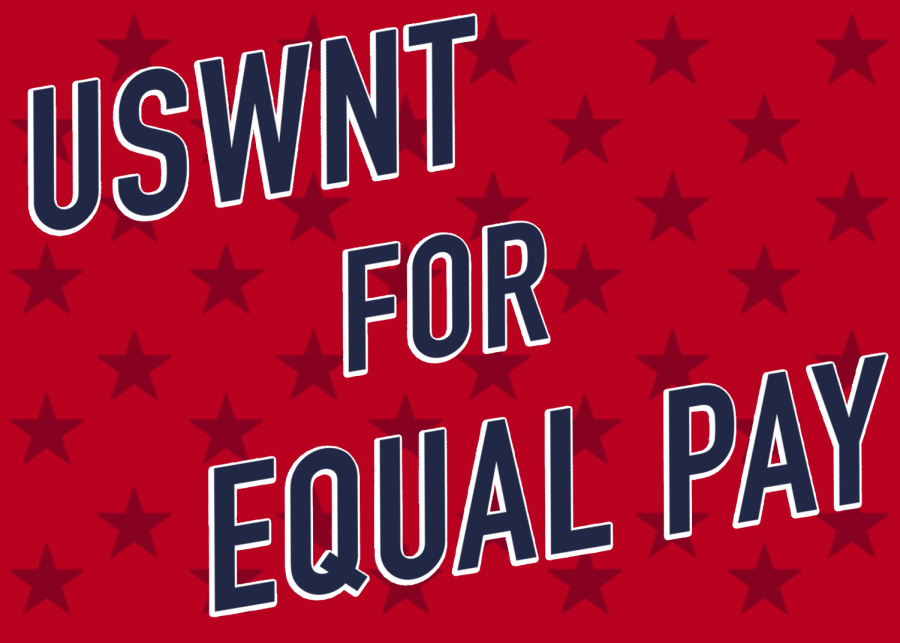The USWNT’s salary struggle
March 5, 2020
Over the past few years, the difference in pay between the U.S. men’s national soccer team (USMNT) and the women’s national team (USWNT) has gained public attention. With two consecutive World Cup titles, the women’s team has gained extensive success and notoriety, which further highlights why many people believe they deserve more in their salary totals. But the argument here may go past success on the field, as the USWNT is emphasizing that both teams are partaking in the same labor, yet are being paid differently. That is why the USWNT is filing for an unequal pay lawsuit against the U.S. Soccer Federation (USSF).
The lawsuit was officially filed in March of 2019, as 28 players from the women’s team stepped forward to hold the USSF accountable of “institutionalized gender discrimination.” The lawsuit is being filed under the Equal Pay Act and Title VII of the Civil Rights Act. This lawsuit could prove to be pretty sizable, totaling a motion of almost $67 million in damages. However, the USSF has filed to have the motion completely dismissed.
The USWNT’s filing says, “The undisputed facts demonstrate that the post hoc justifications offered by USSF for paying WNT players less than the MNT players for the same work are based not on actual facts, but on gender stereotyping —such as the assertion by former USSF President Sunil Gulati that male soccer players have more ‘speed’and ‘strength’—that the Equal Pay Act and Title VII were designed to eliminate as a basis for wage discrimination.”
From the perspective of the USSF, their argument centers on the fact that each team is represented by separate unions and have therefore agreed for different Collective Bargaining Agreements (CBA) that possess different terms, some of which were actually negotiated by the U.S. Women’s National Team Players Association (USWNTPA). More specifically within the women’s CBA, the terms include six-figure salaries to the USWNT with other aspects such as free medical insurance and paid child care assistance. Further, between 2015 to 2019, U.S. Soccer paid the women’s team more than $37 million, whereas the men’s team received around $21 million.
Yet in the end, the women’s team is fighting for certain discrimination issues seen from the USSF, such as the institution’s “pay to play structure” where the women are offered less than the men in every instance of a friendly or competitive match. They are also advocating that their salaries in the National Women’s Soccer League (NWSL), which is subsidized by the USSF, should not be considered in deciphering if the women are getting paid fairly in comparison to the men’s team. It will be extremely interesting going forward to see the momentum this lawsuit could generate and what it could mean for the pay gap between the two national teams in the future.






















